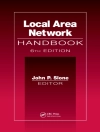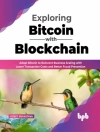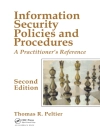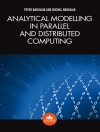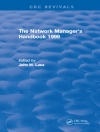This guidebook on e-science presents real-world examples of practices and applications, demonstrating how a range of computational technologies and tools can be employed to build essential infrastructures supporting next-generation scientific research. Each chapter provides introductory material on core concepts and principles, as well as descriptions and discussions of relevant e-science methodologies, architectures, tools, systems, services and frameworks. Features: includes contributions from an international selection of preeminent e-science experts and practitioners; discusses use of mainstream grid computing and peer-to-peer grid technology for “open” research and resource sharing in scientific research; presents varied methods for data management in data-intensive research; investigates issues of e-infrastructure interoperability, security, trust and privacy for collaborative research; examines workflow technology for the automation of scientific processes; describes applications of e-science.
Tabla de materias
Part I: Sharing and Open Research.- Implementing a Grid / Cloud e-Science Infrastructure for Hydrological Sciences.- The German Grid Initiative.- Democratizing Resource-Intensive e-Science Through Peer-to-Peer Grid Computing.- Peer4Peer: E-science Communities for Overlay Network and Grid Computing Research.- Part II: Data-Intensive e-Science.- A Multi-Disciplinary, Model-Driven, Distributed Science Data System Architecture.- An Integrated Ontology Management and Data Sharing Framework for Large-Scale Cyberinfrastructure.- Part III: Collaborative Research.- An e-Science Cyberinfrastructure for Solar-enabled Water Production and Recycling.- e-Science Infrastructure Interoperability Guide.- Trustworthy Distributed Systems Through Integrity-Reporting.- An Intrusion Diagnosis Perspective on Cloud Computing.- Part IV: Research Automation, Reusability, Reproducibility and Repeatability.- Conventional Workflow Technology for Scientific Simulation.- Facilitating E-Science Discovery Using Scientific Workflows on the Grid.- Concepts and Algorithms of Mapping Grid-Based Workflows to Resources Within an SLA Context.- Orchestrating e-Science with the Workflow Paradigm.- Part V: e-Science: Easy Science.- Face Recognition using Global and Local Salient Features.- OGSA-Based SOA for Collaborative Cancer Research.- e-Science.


